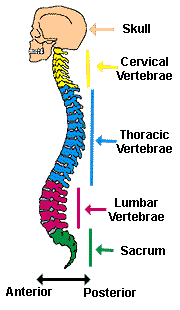Activity: DANCE
While dancing the body systems that one would depend on even more than in day to day life would be:
- Respiratory
- Circulatory
- Sensory Awareness/Central Nervous
Respiratory System: Since dancing involves constant, swift movement the respiratory system must be doing the best to make sure the dancer has enough oxygen to move. The respiratory system and the circulatory system work along side one another to ensure that air is coming into the body and then being brought throughout the rest of the body.
Changes in body functions while/after dancing include:
- heart beating quickly (the heart needing to distribute blood throughout the body quickly)
- feeling tired (while dancing enzymatically produced is used up because of constant intense movement)
- increased appetite and thirst (since energy was used up while dancing the body requires more fluid and food to replenish it)
Chronic Asthma
Mainly Affects this System: Respiratory
Chronic asthma is a log term disease in which one's airways are more sensitive and breathing becomes difficult.
When a person with asthma does intense exercise such as dance or is exposed to things like smoke or some animal hairs their airways react. The bronchioles and other airways of the respiratory system tighten and spasm leaving little room for air to pass through. As well airways could become inflamed and filled with an abundance of mucus again making it very difficult for air to pass through the trachea or bronchioles.
Generally when somebody with asthma does intense exercise including dance their airways will tighten, leaving little space for air to get through.
When triggered symptoms of asthma include:
- Wheezing
- Shortness of breath
- Chest Tightening
- Coughing
Even if somebody has asthma they should most definitely be exercising!
Preventative measures can be taken to lower the severity of asthma while exercising would be warming up and cooling down gradually. Inhalers are a medicinal treatment that go directly to the lungs and work to reduce swelling, dry up mucus and all in all make airways less sensitive.


